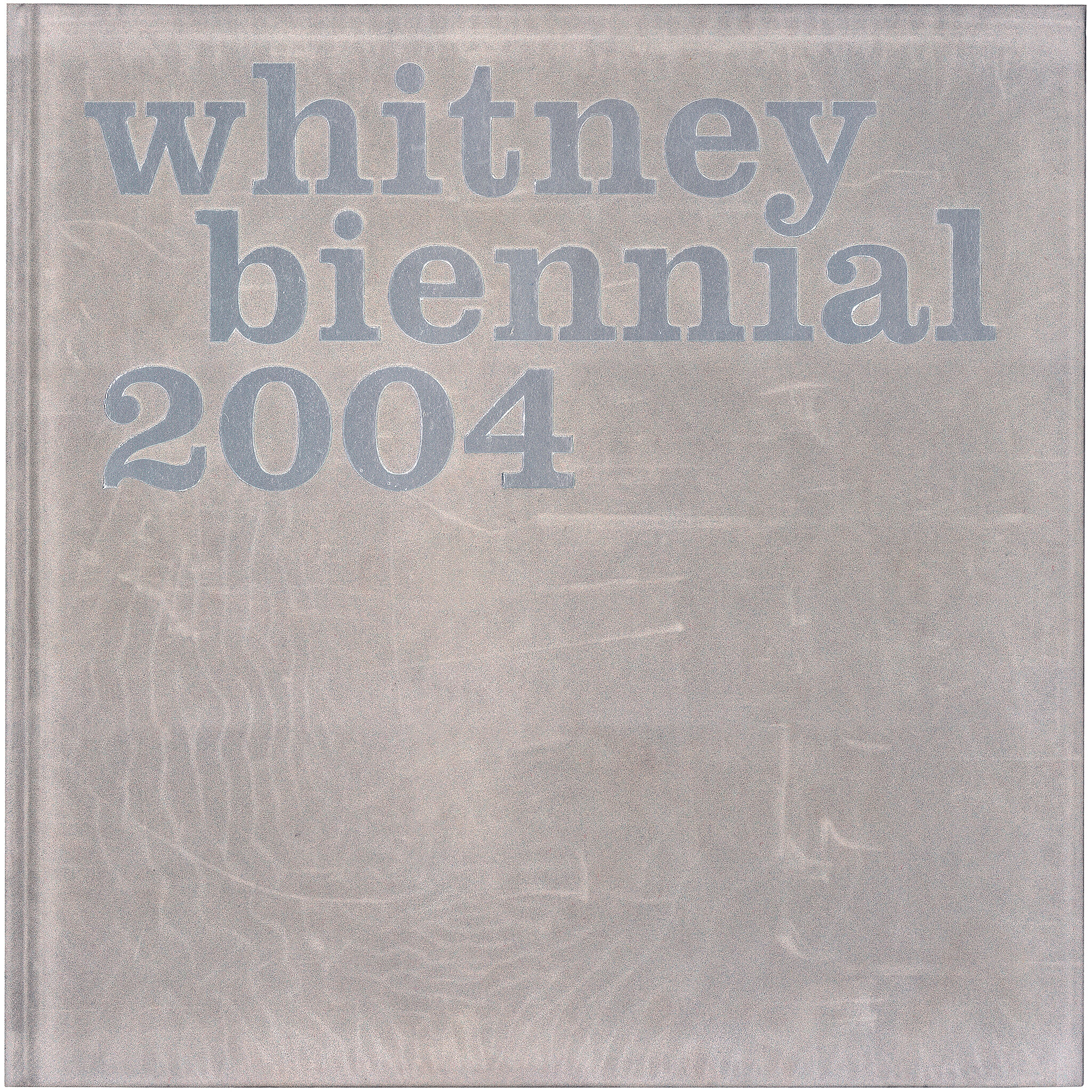Cory Arcangel
1978–
Cory Arcangel’s work mines the interplay among digital technologies, Internet culture, and fine art, engaging a range of mediums that include video, installation, performance, print media, musical composition, Internet- based art, and computer games. Arcangel has created several pieces by hacking and reverse-engineering cartridges for the game Super Mario Brothers, replacing the chips with his self-manufactured ones. In his iconic Super Mario Clouds, he removed everything from the game except for the white clouds and a blue sky.
Super Mario Clouds creates a scenery that effectively fuses and transcends the media from which it borrows—video, computer games, and even “landscape painting”—and seems to evolve into a new manifestation of Pop art. This installation consists of a projection of the clouds as well as their display on a monitor running the Nintendo Entertainment System, the gaming platform supporting the piece. Arcangel lists detailed instructions as well as the code for creating the project on his website, allowing anyone to reproduce the work.
As in many of his video game projects, Arcangel modifies and undermines the experience of play. Super Mario Clouds does not allow for interaction but invites viewers to contemplate both their expectations of computer games and these games’ inherent aesthetics. The project also reflects the tensions between high-tech and do-it- yourself, as well as pop culture and fine art— themes that have remained prominent in Arcangel’s body of work. The appropriation, manipulation, and recontextualization of a mass-produced object, in this case a popular video game, references Marcel Duchamp’s concept of the “readymade” and reconsiders established artistic practices through the use of digital technologies.
Country of birth
United States
Roles
Artist, computer artist, computer programmer, digital artist, installation artist, performance artist, video artist
ULAN identifier
500122414
Information from the Getty Research Institute's Union List of Artist Names ® (ULAN), made available under the ODC Attribution License. Accessed December 18, 2025.
artport
View more on artport, the Whitney Museum's portal to Internet and new media art.










